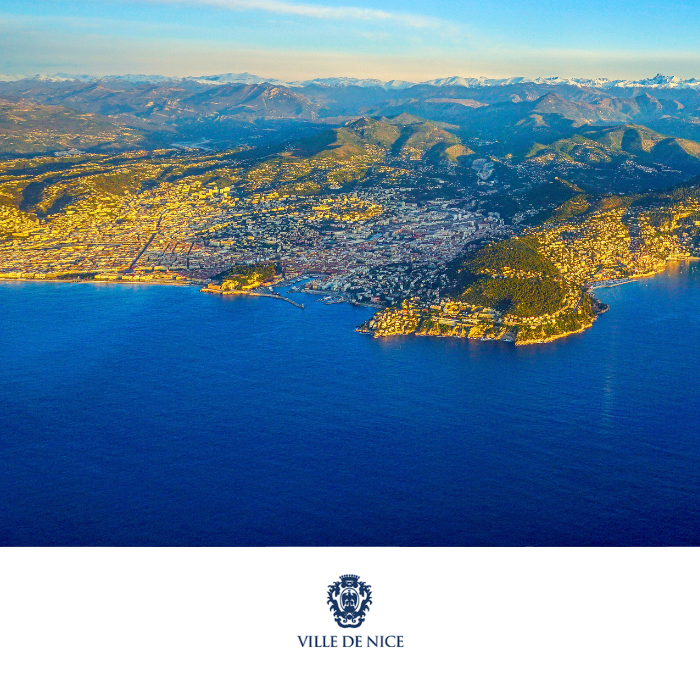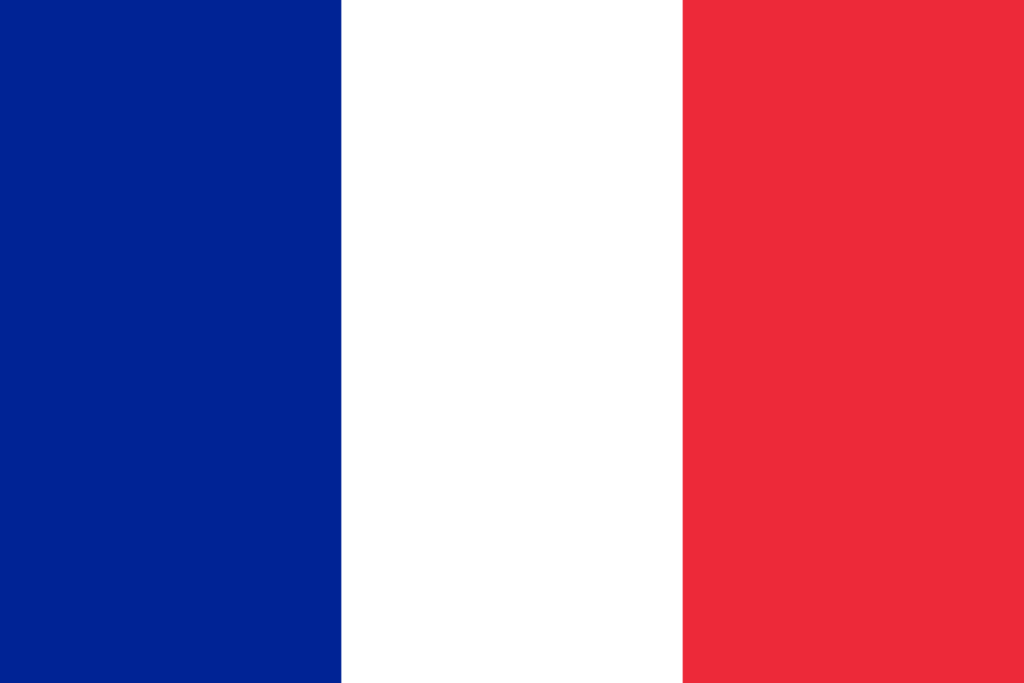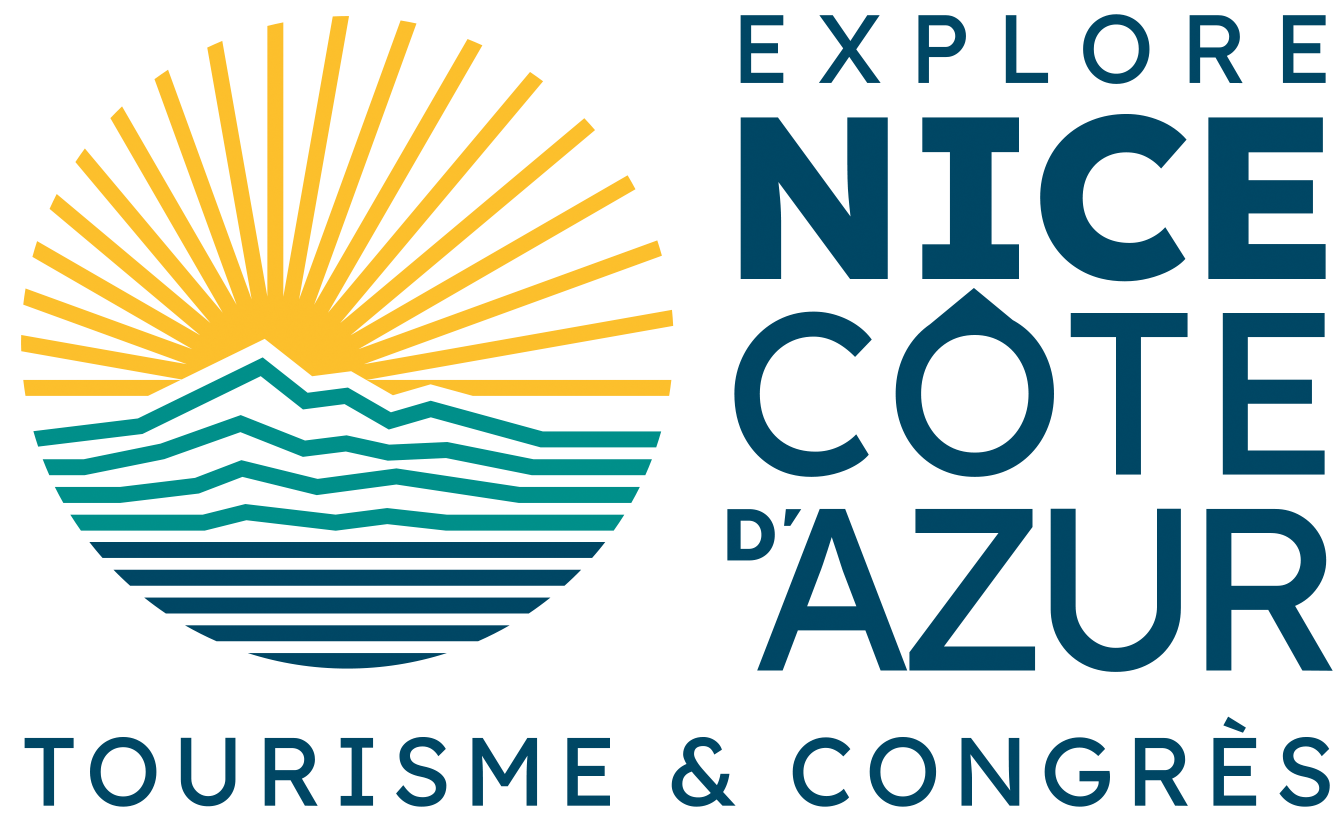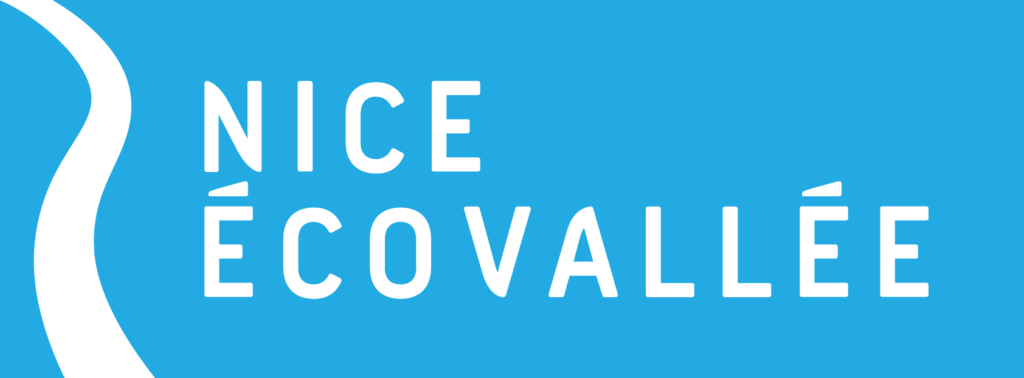
- Nice ranks first for quality of life among major French metropolitan areas with over 300,000 inhabitants for the second consecutive year and 6th among cities with over 100,000 inhabitants, according to the 2025 ranking by the Association of Cities & Villages Where Life is Good, published on February 16 in the Journal du Dimanche.
- The city also maintains its 13th place nationally in the overall ranking of French municipalities.
- Nice is additionally ranked the greenest city in France by the Kermap study, with 33% green coverage and 53 m² of green spaces per inhabitant.
A ranking reflecting urban dynamics
The 2025 ranking of cities and villages where life is good, published by the “Cities and Villages Where Life is Good” association and highlighted by the Journal du Dimanche on February 16, once again places Nice as the top major French metropolis with over 300,000 inhabitants in terms of quality of life.
The city also maintains its 13th place nationally and ranks 6th among cities with over 100,000 inhabitants.
Nice (6th among cities with over 100,000 inhabitants) leads ahead of Montpellier (13th), Nantes (21st), Toulouse (23rd), Lyon (24th), Paris (27th), and Marseille (32nd), confirming its attractiveness among major French metropolitan areas.
A rigorous and updated methodology
The association’s ranking is based on an analysis of 34,795 French municipalities, evaluated against 190 criteria grouped into 11 categories such as quality of life, health, transport, and environmental protection.
The 2025 edition includes three new environmental criteria: seismic risk, flood risk, and frequency of natural disasters.
Nice, Green City of the Mediterranean
Since 2008, Nice has pursued an ambitious environmental policy aiming to become the “green and blue city of the Mediterranean.”
With initiatives such as creating an additional 70 hectares of green spaces, greening schoolyards, and promoting urban agriculture, Nice boasts 33% green coverage, the highest among major French cities.
The “1 tree, 1 inhabitant” program plans to plant 280,000 trees by 2026, enhancing the city’s green heritage and contributing to climate change mitigation.
Structuring projects for the future
Nice continues its transformation with large-scale projects. The Parc Méridia eco-district, winner of the “Sustainable City Demonstrators” program, will include 5,000 housing units, a 20-hectare landscaped park, and infrastructure focused on the circular economy and urban agriculture.
In 2025, the city will also host the Biennale of Arts and the Ocean alongside the 3rd United Nations Ocean Conference (UNOC-3), enhancing its cultural and environmental influence.
Attractiveness confirmed by figures
Nice shows notable demographic growth, with 356,603 inhabitants in 2022, an increase of nearly 4% over six years. It is ranked the 4th best European destination for investment by Forbes USA, thanks to its stable real estate market and economic dynamism.
Towards a sustainable and attractive city
Nice’s commitment to sustainable development, combined with an effective investment strategy and high-quality infrastructure, allows it to maintain its top position among major French metropolitan areas. The city continues its ambition to become a model of a sustainable and innovative Mediterranean city.
Source : Association des Villes & Villages où il fait bon vivre
















